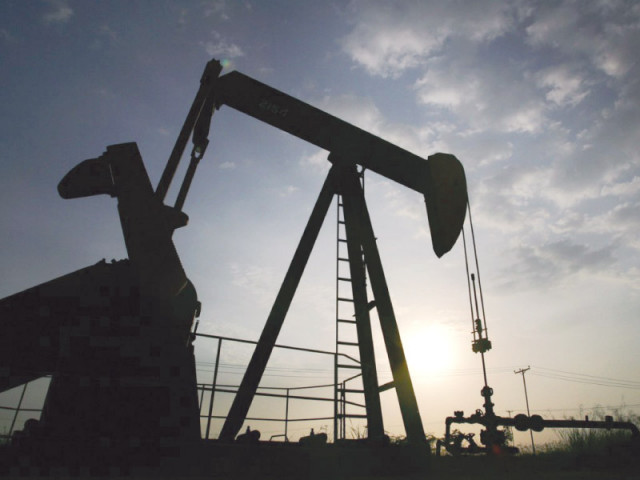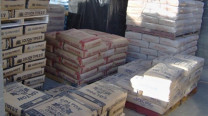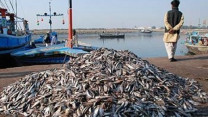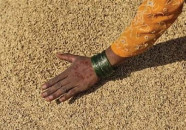Trapped in low productivity cycle
Exporters less likely to convert imports of raw material, intermediate goods into export products

There is significant volatility in the figures published for trade – both exports and imports – in recent months.
According to the summary released by the Pakistan Bureau of Statistics (PBS), the exports increased by 18.24% in September 2020 over shipments reported in August 2020, while imports increased by 28.28%.
More interestingly, exports were 6.12% and imports were 13.22% higher than the values reported in September 2019.
This was a reversal of trend reported in August 2020, when exports declined by 20.84% month-on-month and 14.75% year-on year, while imports declined by 9.53% month-on-month and 10.65% year-on-year.
This suggests a W-shaped Covid-19 recovery curve. Trade recovered from the Covid-19-induced dip, decreased again in August 2020 and increased in September 2020.
The sharp movements in trade figures should definitely raise concern as they create significant challenges not only for economic policymakers but also for businesses and bureaucracy alike.
For instance, this creates uncertainty about import tax collection and can also lead to unpredictable backlogs in trade-related paperwork during an unpredictable upsurge.
It is essential to understand some of the dynamics that may cause such volatility, particularly as Pakistan faces significant deficiencies across its manufacturing and trade-related sectors.
Low productivity levels in manufacturing coupled with low levels of trade openness and high tariffs on imported inputs have resulted in a vicious cycle involving low export growth.
Volatility in numbers becomes more prominent. Economic growth in Pakistan has remained stagnant for much of the first two decades in the 21st century compared to the growth rates experienced by India and Bangladesh.
According to data extracted from the World Development Indicators, Pakistan performs better in agricultural productivity (value added per worker) within the South Asian region. However, the food production index for Pakistan is lower than that for its counterparts.
Furthermore, Pakistan ranks lower than the other two economies in terms of productivity in the industrial sector. Pakistan has lower levels of employment in the industrial sector as a percentage of total employment in agriculture than its South Asian counterparts but is at a comparative level to India in industry.
Productivity levels in the services sector for each worker in Pakistan are lower than India but higher than Bangladesh.
Furthermore, it is important to note that Pakistan reported lower levels of gross domestic product (GDP) per capita in constant 2010 US dollars than Bangladesh and India in 2019.
In essence, the productivity of workers in Pakistan has remained relatively stagnant across the three sectors while that for India and Bangladesh has increased in recent years.
Lower GDP per capita translates into lower overall productivity. The lower average growth rate for GDP per capita in the previous decade exemplifies the stagnancy in productivity in Pakistan.
Balance of payments
The low productivity in the industrial sector may limit the ability of producers to convert imported intermediates into higher value added exportable goods that can earn significant foreign exchange and alleviate the balance of payments concerns.
Pakistan reported lower levels of exports and imports as a percentage of GDP, on average, relative to India and Bangladesh. This was not the case in the 1990s and earlier, when exports and imports as a percentage of GDP exceeded the values reported for both India and Bangladesh.
While Bangladesh is regarded as one of the star performers in the world in terms of its stellar export growth in recent years, India too has outperformed the world average for several years since 2000.
On the other hand, Pakistan has experienced several instances of export growth below world average, confirming stagnation. Between 2014 and 2017, Pakistan reported negative export growth for each year, while the world average remained positive above 3%.
Interestingly, the sharp recovery in 2018 and 2019 again points to the volatile nature of exports from Pakistan.
Pakistan reported a higher growth rate for import of goods and services than the growth rate for exports of goods and services, particularly between 2014 and 2017, as imports increased more than 60%.
Interestingly though, Bangladesh and India have also reported comparatively high import growth rates in recent years. The difference is that India and Bangladesh have managed to increase their overall exports as well.
On the other hand, as foreign exchange reserves declined in Pakistan between 2016 and 2018, the rising trade deficit contributed to a balance of payments crisis.
Global value chains
Calculating the share of domestic value added goods and foreign value added goods in gross exports using the Asian Development Bank’s Multiple Regional Input-Output model, the participation of Pakistan in global value chains is lower than that for India and Bangladesh.
Although Pakistan-origin goods are more likely, compared to Indian and Bangladeshi goods, to be exported as intermediate goods that are re-exported by its trading partners, Pakistani exporters are less likely to convert imports of raw material and intermediate goods into exports.
This highlights not only the lack of productivity in Pakistan, but also its inability to participate in global and regional value chains.
Even though Covid-19 has devastated supply chains across the world, the failure of Pakistani exporters to establish stronger trade linkages and networks can create challenges as global export competition regains intensity.
In order to improve trade competitiveness, Pakistan requires not only lower import tariffs that promote participation in regional and global value chains, it also needs more transparency and better trade practices.
For instance, a national trade repository that provides accurate up-to-date information to exporters and importers regarding trade procedures and processes is an utmost necessity. Several low-income countries such as those in Sub-Saharan Africa have an operational trade portal that provides important information to traders.
This needs to be supported by an effective cross-border paperless trade programme and a national electronic single window that reduces the need to interact with different government and regulatory bodies.
Although the government has set a deadline of 2022 for its operation, its success will hinge on the effectiveness of the lead agency - Pakistan Customs.
The writer is the Assistant Professor of Economics & Research Fellow at CBER, IBA
Published in The Express Tribune, October 19th, 2020.
Like Business on Facebook, follow @TribuneBiz on Twitter to stay informed and join in the conversation.



















COMMENTS
Comments are moderated and generally will be posted if they are on-topic and not abusive.
For more information, please see our Comments FAQ